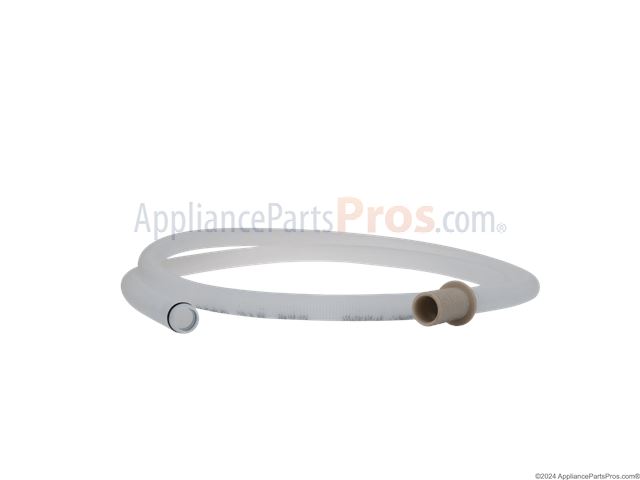Oven Temperature Sensors Help
Oven temp sensors sense the temperature is the oven cavity and the temp sensor changes resistance, this change in ohm resistance tells the oven control what temperature the oven cavity at and tells the control to shut off the element or turn it back on. The most common temp sensors used today ( *not all ) are approx 1000-1100 ohm resistance at room temperature ( 70 degrees F )
Some ohm readings and their temperature:
| Degrees F | Resistance |
| 100 | 1143 ohms |
| 200 | 1350 ohms |
| 300 | 1553 ohms |
| 350 | 1654 ohms |
| 400 | 1753 ohms |
| 500 | 1949 ohms |
CLICK picture to ohm test an oven temp sensor----> 
The sensor monitors the oven's internal temperature, ensuring that it accurately reflects the set temperature on the oven's control. By measuring the heat inside the oven, the temperature probe helps in maintaining consistent cooking results, preventing undercooking or overcooking of food.
Over time, the oven temperature probe can fail or become inaccurate due to wear and tear, exposure to extreme temperatures, or damage from cleaning and handling. This can lead to uneven cooking results, with food being overcooked or undercooked, despite setting the oven to the correct temperature.
Symptoms of a bad Oven Temperature Probe include:
- Oven not reaching the set temperature
- Oven temperature fluctuating more than usual
- Food not cooking evenly or within expected time frames
- Error codes displayed on the oven indicating a temperature sensor issue
Oven temp sensors and other parts help
*Some different sensor ohm readings at room temp. GE's WB21X158 ( bottom one on the picture ) is approx 16 ohms at room temperature and at 350ºF it is 29~33 ohms.
Search 2.1 Million Appliance Parts
Fix Your Ranges - Stove - Oven: Common Ranges - Stove - Oven Problems & Solutions
Don't know a thermostat valve from a safety valve? We'll help you figure it out! Our trouble shooting section covers a wide selection of gas and electric models of ovens and cook tops, ranges and stoves, self-cleaners and convection ovens.
Related Links
- Oven temp sensors and other parts help
- My Range is flashing an F1 F2 F3 F4 F5 F7 F9 something, what does this mean?
- How old is my appliance help for some of today's major manufactures












